Ghoul Nation Part I : Monsters of Eastern Venezuela
Venezuelan land and waters are haunted by spirits, monsters and ghosts. Each one has preferences about what kind of victims it attacks and each can be placated or vanquished with a specific method. The Oriental belief system is rich, alive and well.


Art: ModoGráfico
Nothing truly dies when you live in the jungle. Materias—the common name given to sensitive people with a gift for spiritism and capable of perceiving what we can’t explain—can tell you about how we still share this world with the violent ghosts of the Spanish conquest and the primitive and terrible gods that natives still revere and fear.
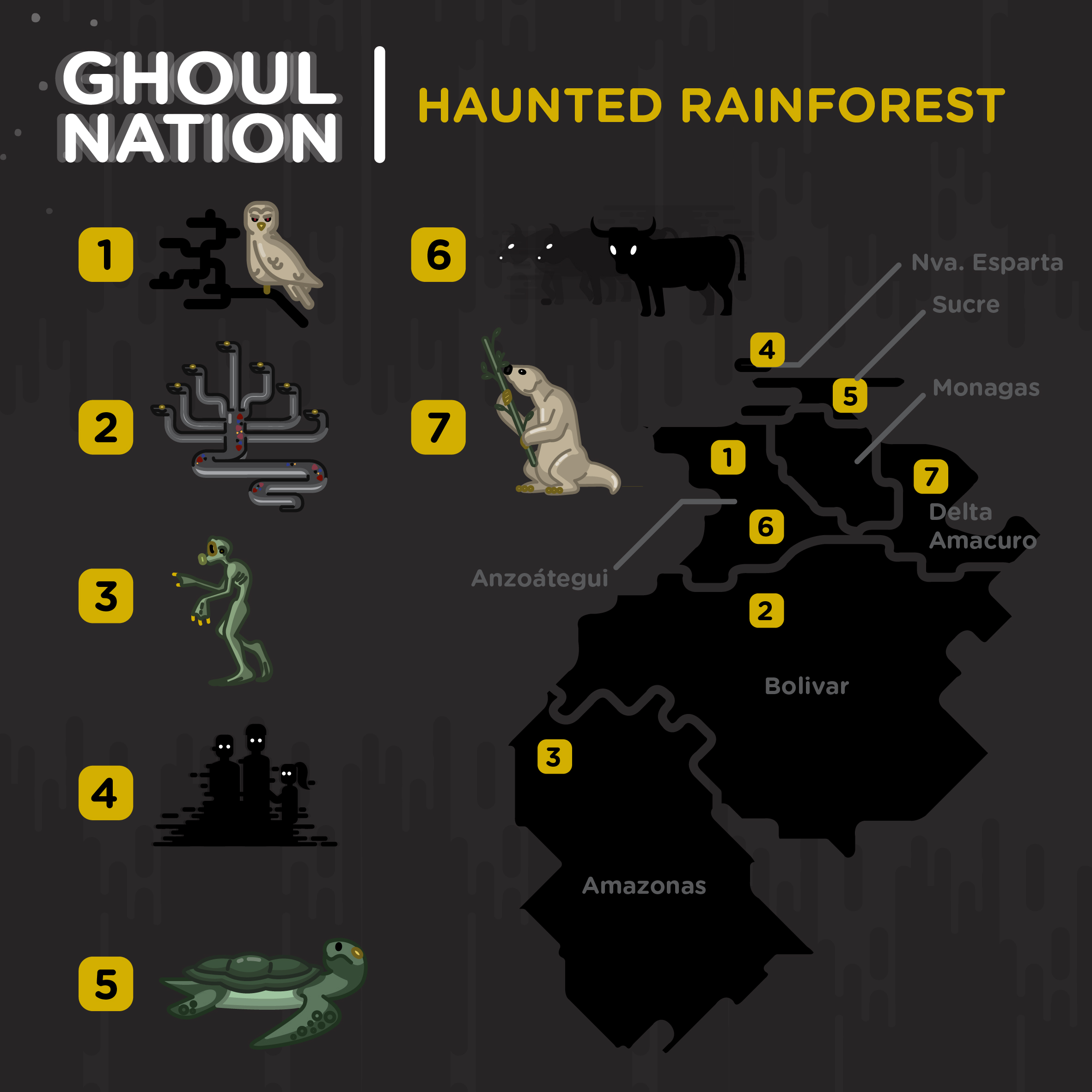 A tropical landscape of jungle spirits and timeless beings made of night and rainwater.
A tropical landscape of jungle spirits and timeless beings made of night and rainwater.
Although the world seeks progress upon the foundation of its historical facts, America—trapped in a maze of wonder and terror—still walks hand in hand with its myths. Lezama Lima tells us the continent’s discovery forced men to question all their beliefs. The entire continent became a temporal fog where anything was possible. That was the first night in the world and Venezuela was a great chasm of darkness. And what’s the jungle, but different layers of night? Isn’t the sea a black plain where small ships fish what they can before dawn?
And this is why, in towns decimated by malaria, infested with drug traffickers and illegal miners, supernatural laws are still observed: if you want to avenge a murder, you make the victim carry the name of his killer in his mouth so he can haunt him. If the river overflows to the point of swallowing nearby villages, it’s because it seeks to wipe away all the damage done by the miners who lived there.When nobody chronicles what happens at the edge of reason, it’s the dead who keep our memory.
Hybrid and interstitial, the imaginary monsters of our country’s eastern region are a dense overtone where the animal, the ancestral and the human conjoin in a crucible that still inhabits and intertwines with nature.
Here, in this first release with our eyes fixed on the East, some jungle spirits, tropical and timeless beings made of night and rainwater.
El Chaure (Anzoátegui)
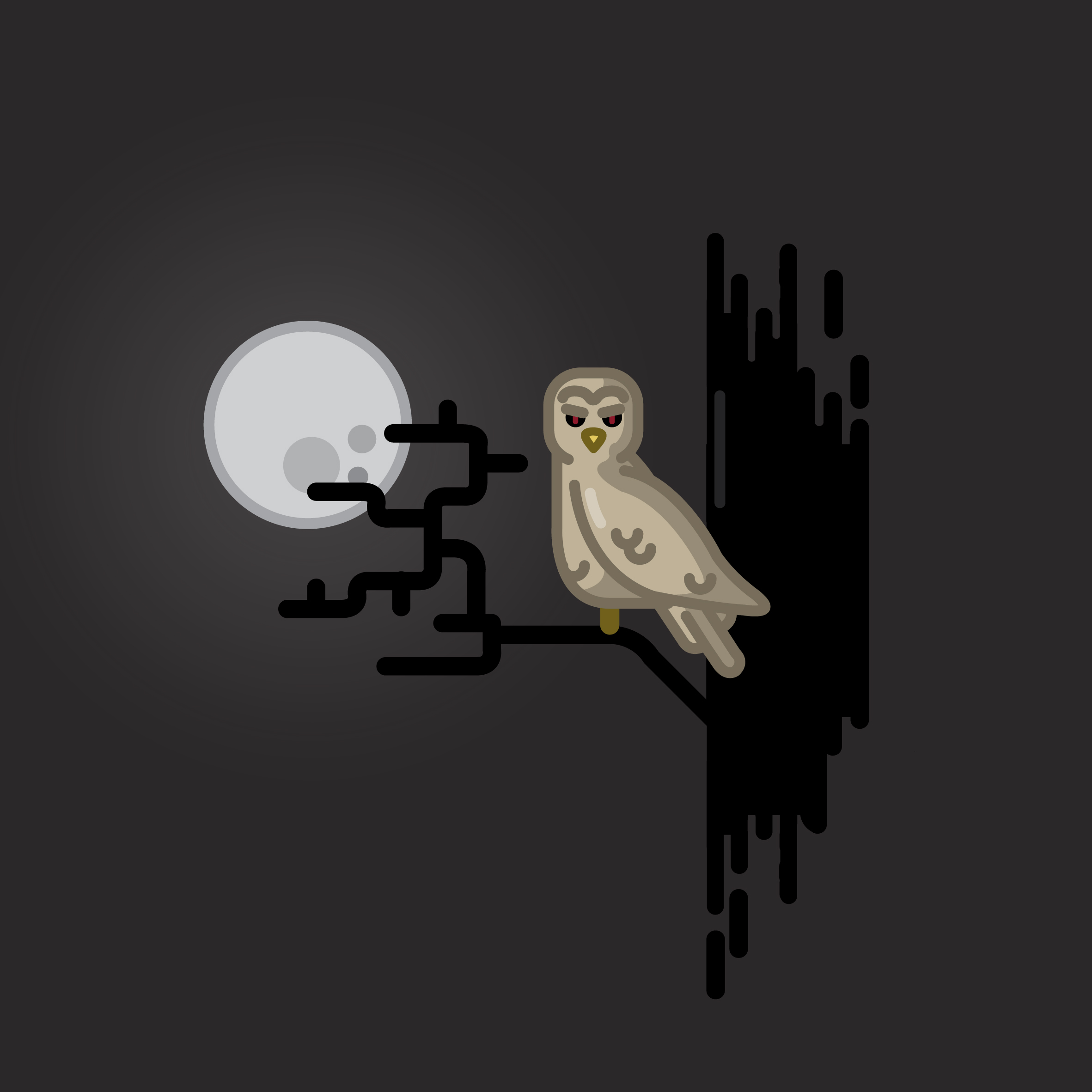 “¡Nos cargó er diablo! ¡Es el Chaure, primo!”
“¡Nos cargó er diablo! ¡Es el Chaure, primo!”
El Chaure is a bad omen in almost the entire Venezuelan coast. It’s a bird that, although beautiful, is always unnerving due to its night habits. According to the elders, it’s a harbinger of death, suffering or childbirth. Its hooting can be chased away with insults. If a Chaure follows you across a beach, you may not see the dawn.
The Seven-Headed Serpent (Bolívar)
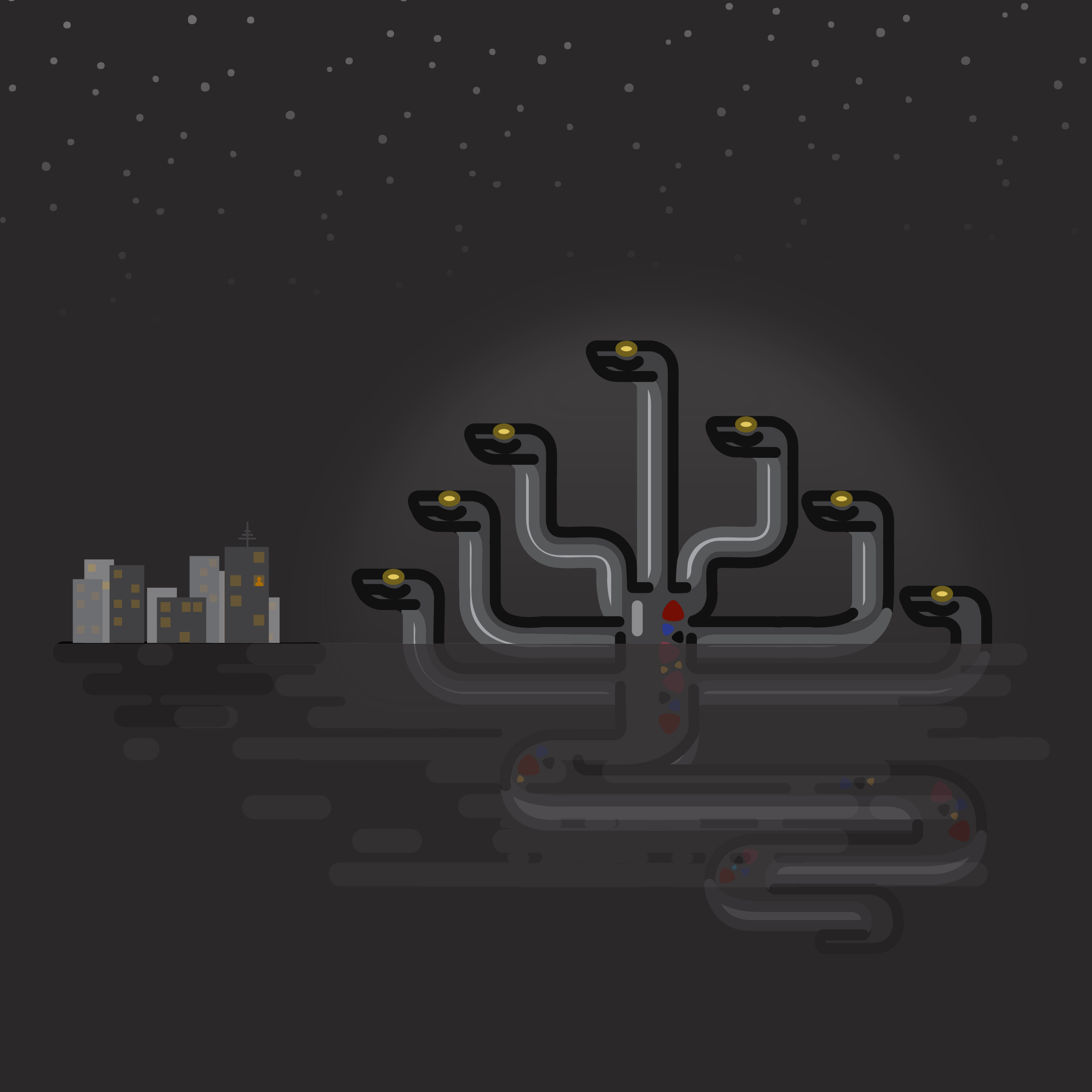 “Is this splash normal? Or is it doomsday-by-snake?”
“Is this splash normal? Or is it doomsday-by-snake?”
Legend has it that beneath the middle stone, in the Orinoco river, dwells a seven-headed serpent, each head lying under places surrounding the historic center. It is said that if the serpent were to move all its seven heads, the city would sink into the river. Already in the early 20th century, there were myths of shipwrecks and people going missing around the stone due to the serpent, because the monster dragged into the depths anything that came near the place. It was last spotted in 1985 by several inhabitants of the port who saw it stir the waters and cause large waves across the river.
Los Canaimas (Amazonas)
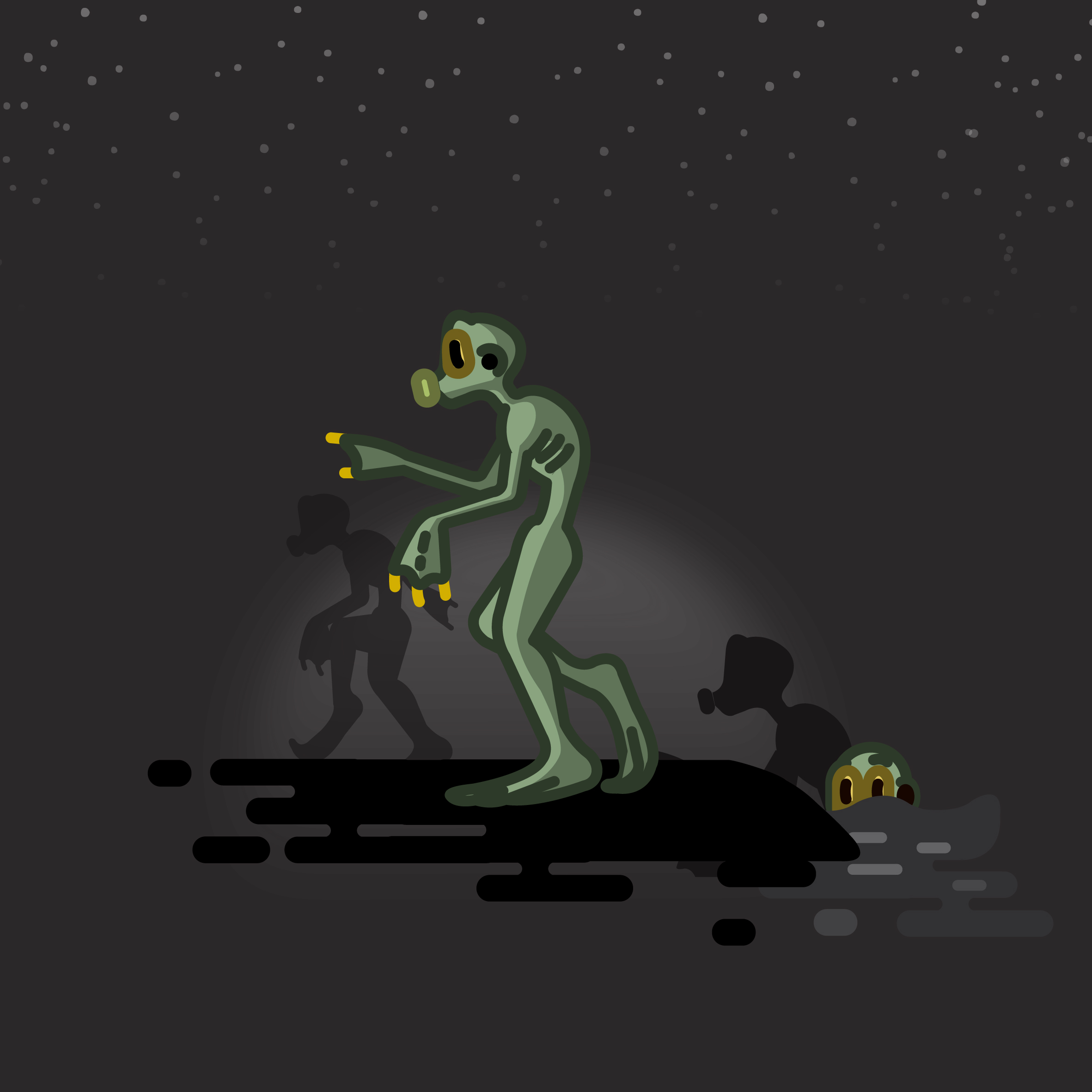 “Don’t disturb the waters, kiddo, don’t whistle in front of the river or you’ll end up at the bottom of it”
“Don’t disturb the waters, kiddo, don’t whistle in front of the river or you’ll end up at the bottom of it”
Pemon children don’t go out after sundown. Their mothers call for them and scold them if they see them playing so late, more so if they’re near a river or at the fringes of a swamp where Canaimas crawl. These amphibious creatures, with enormous eyes and deft, webbed hands, hunt in packs, with shrill whistles to single out the prey for their peers. They drag everything they catch into the water and devour it without even disturbing the surface.
Los Chinamitos (Margarita)
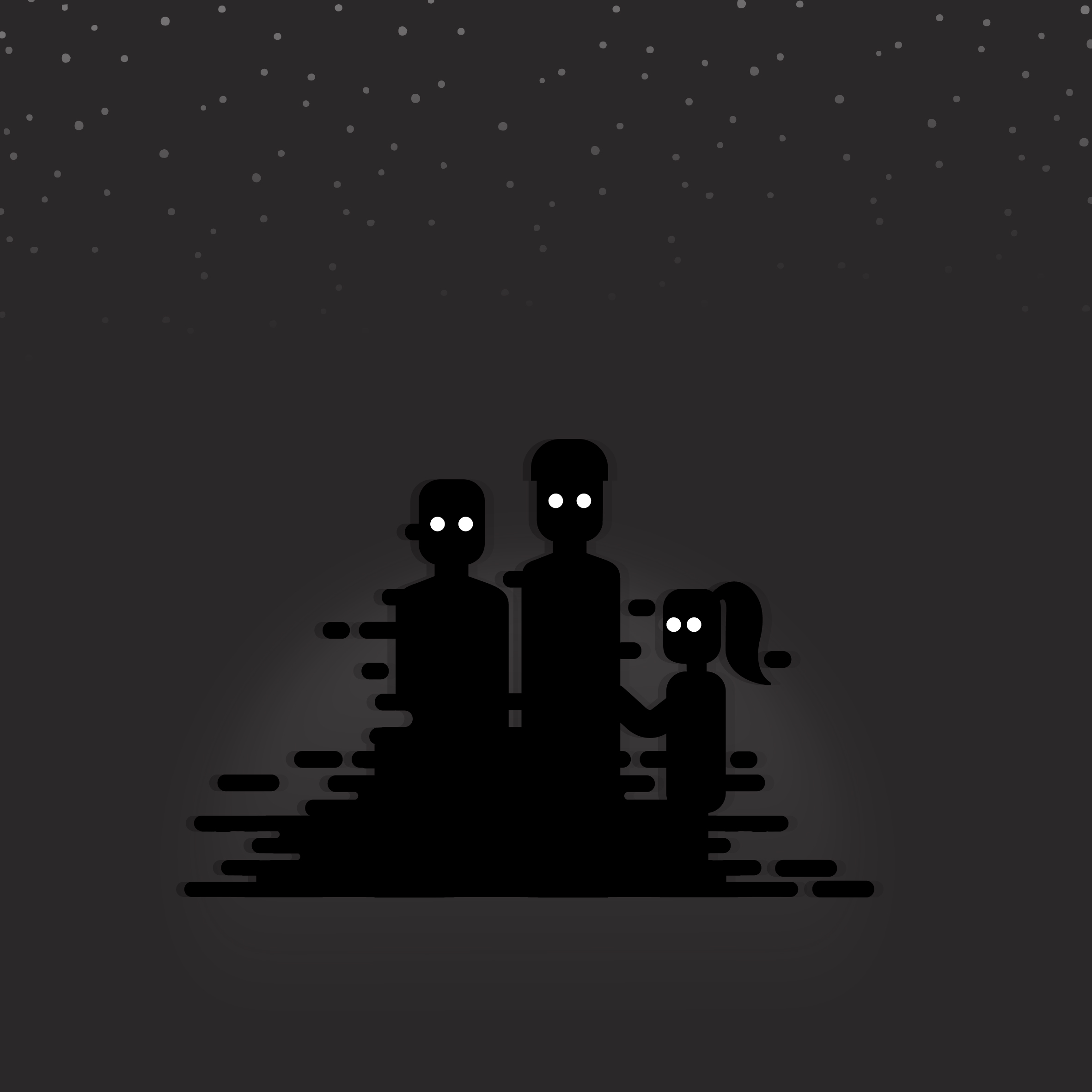 “Remember to keep the wasted salt in a little sack, remember to curse the shadows, and Los Chinamitos will remember to let you be”
“Remember to keep the wasted salt in a little sack, remember to curse the shadows, and Los Chinamitos will remember to let you be”
Small shadow children who dwell in beaches and open fields. They confound people, steal their valuables and scare kids by projecting their silhouettes in the light of flashlights, cell phones or candles. Their playful laughter is a hollow echo in coastal nights and their empty eyes watch travellers from the trees. They always appear in groups and some inhabit abandoned houses.
El Carey (Sucre)
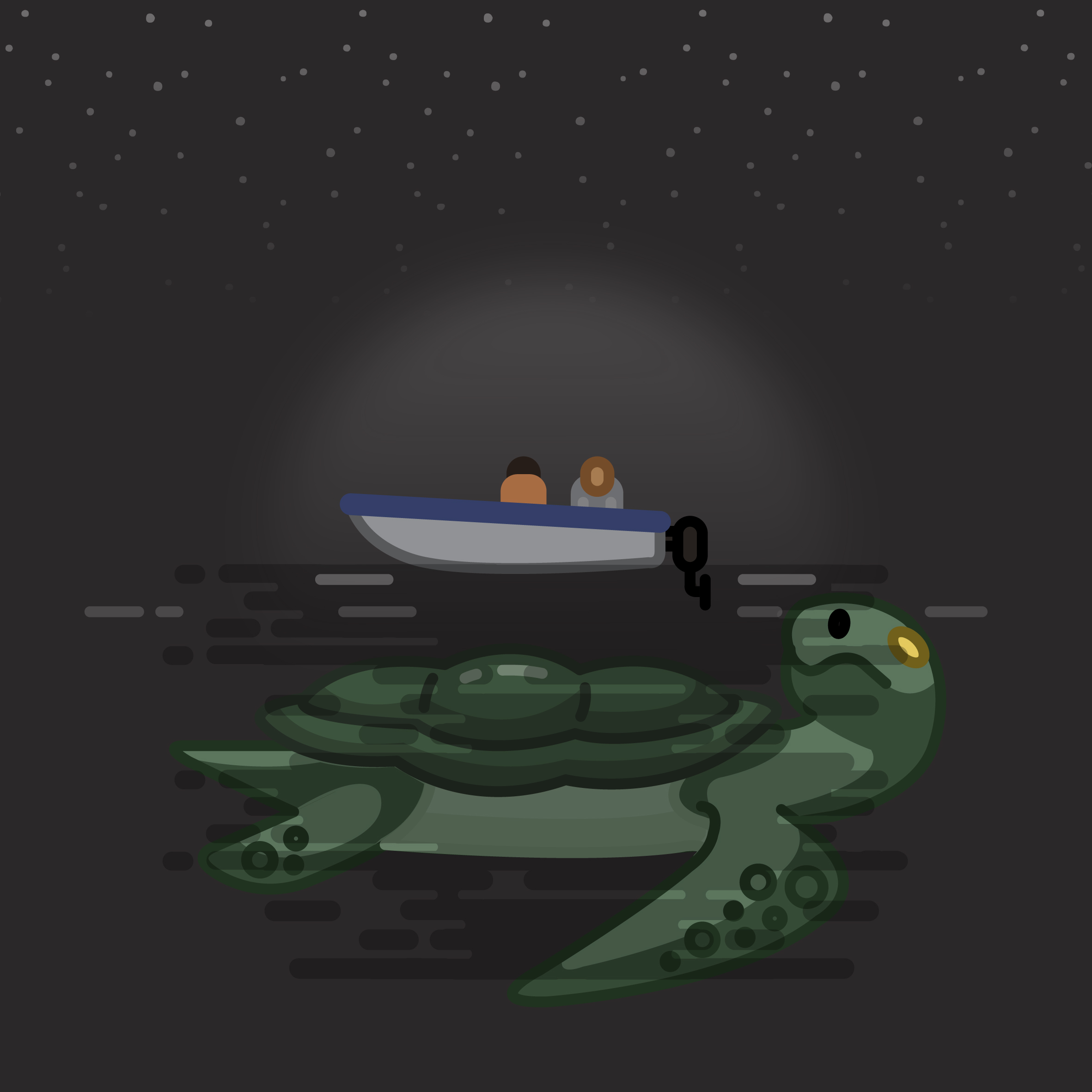 “Is that a human face coming out of that giant turtle’s belly?
“Is that a human face coming out of that giant turtle’s belly?
A monstrous turtle that sinks boats, dragging them far from the coast. It initially appears beautiful and beckoning, making fishers go wild about catching it. It shows itself early in the morning when the first boats set out to fish. When the fishermen already have it in their boat and gloat over the capture, they realize that the lower part of the armored carapace shows the relief of a human face, as if a man’s head had been trapped within it. Some say they’ve heard a voice trying to speak from within, others say they’ve only heard unintelligible whispers. When the horrified fishermen throw the creature back into the water, they see how it grows from within the depths of the sea and starts to attack the boat until it’s reduced to splinters. Other legends say that anyone who kills a Carey becomes one himself.
Ghost Herd (El Tigre)
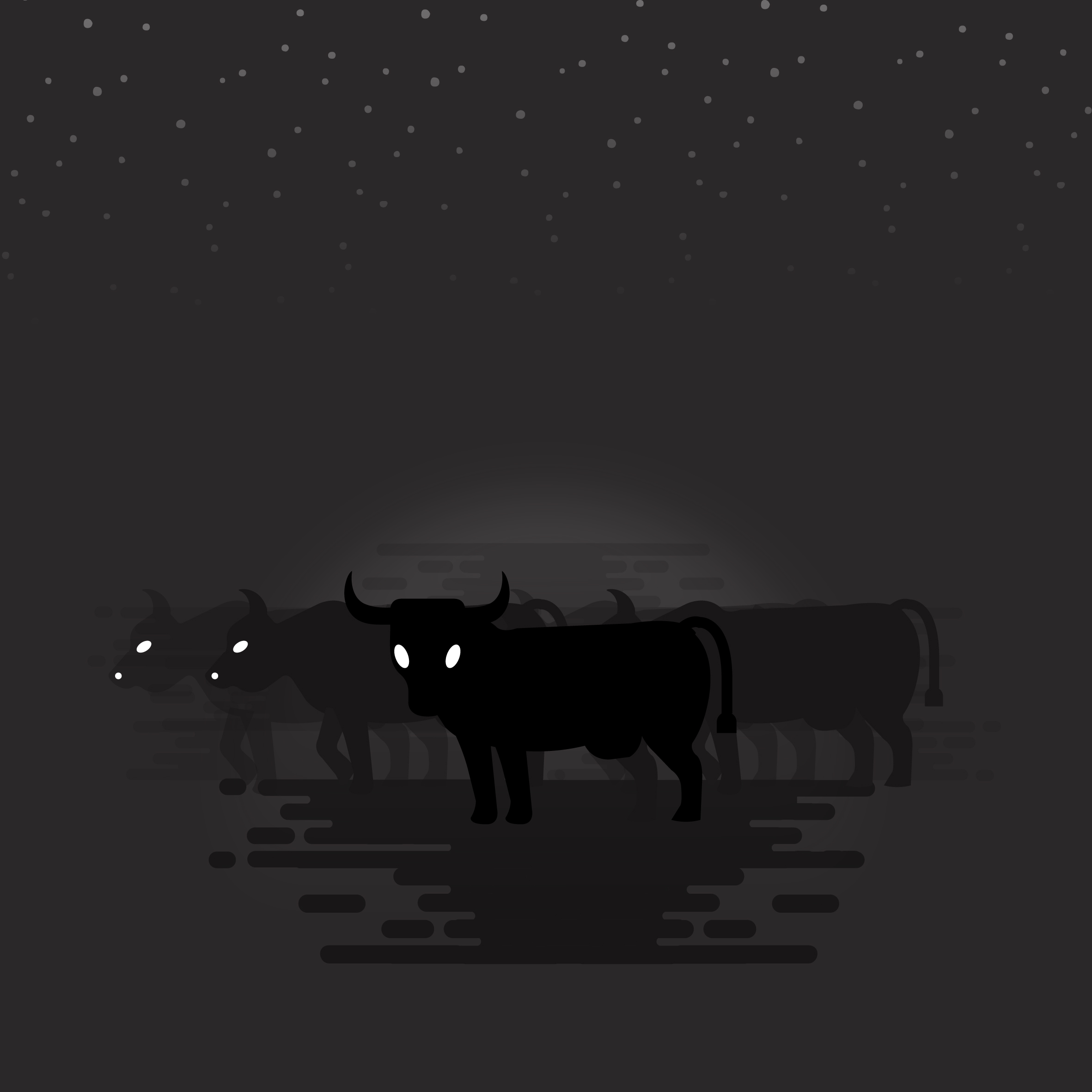 Nowadays we are all part of the Devil’s herd.
Nowadays we are all part of the Devil’s herd.
No, we’re not talking about the one the government is supposedly raising in the fields to provide the country with milk and meat. We’re talking about the Devil’s herd grazing near El Tigre, causing delays for vehicles or making them lose their way and cows crossing the field without mooing or rumbling, like a spectral procession. People have also spotted horses or mules blocking the roads, making drivers lose control and then realize, with a glance back, that there was nothing there. They can be picked out from normal cows or horses by looking them in the eye because these apparitions are blind, a pale and pasty film covers their eyes with pus and crusts. Still, they move as if they’ve always known where to go or as if an invisible something or someone was shepherding them.
Mapinguari (Delta Amacuro)
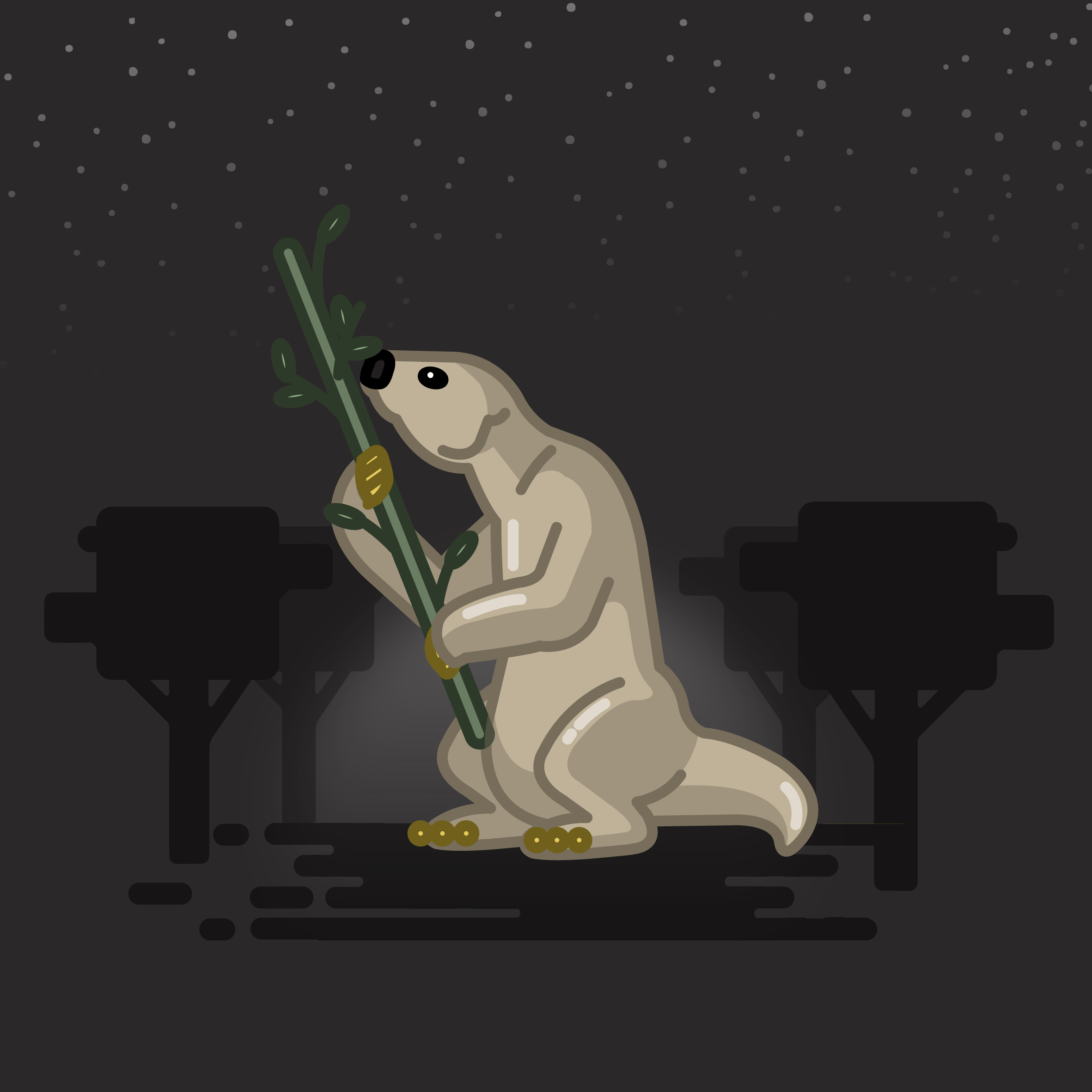 Do.Not.Be.Afraid.Of.The.Gentle.Monster
Do.Not.Be.Afraid.Of.The.Gentle.Monster
We share this monster with Brazil, a huge, heavy and furry beast spotted in the depths of the jungle. Cryptozoology says that perhaps we’re in the presence of a megatherium (giant ground-sloth) that has survived extinction. Natives respect and worship them, they allow no one to hunt them or do them harm.
Credits:
- Editor: Gabriela Mesones Rojo
- Design: Mario Dávila
- Text: David Parra
- Copy edit: Nina Rancel
- Supervision: Raúl Stolk
Caracas Chronicles is 100% reader-supported.
We’ve been able to hang on for 22 years in one of the craziest media landscapes in the world. We’ve seen different media outlets in Venezuela (and abroad) closing shop, something we’re looking to avoid at all costs. Your collaboration goes a long way in helping us weather the storm.
Donate




